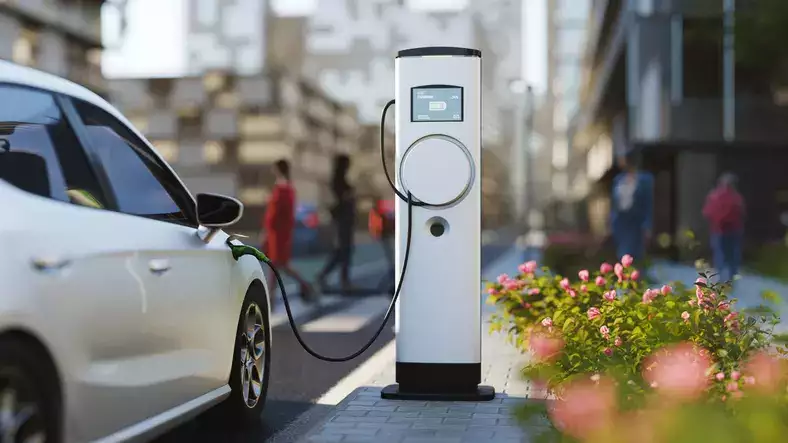Chandigarh achieves 14.8% EV penetration in 7 months

The review highlighted Chandigarh's leadership in electric vehicle adoption, with the city achieving 14.8% EV penetration from April to October 2024, the highest rate among all states and UTs in India.
In terms of sustainable transport, the review highlighted that 20 EV charging stations are already energised and fully operational across Chandigarh. An additional 4 to 5 charging stations will be energised by next week, significantly enhancing the city's electric vehicle infrastructure.
Navneet Kumar Srivastava, Director, Science & Technology & Renewable Energy-cum-CEO, CREST gave a brief presentation on review of CREST. As of today, UT Chandigarh has achieved an impressive 69 MWp of installed rooftop solar capacity.
The officials reaffirmed that the targets set by Government of India are to be achieved for full rooftop solar saturation in government buildings by December 2024 and in the private sector by December 2025 in Chandigarh. By the end of 2024, Chandigarh is projected to cross 80 MWp of rooftop solar capacity, contributing significantly to the city's green energy goals.
During the meeting, the CEO, CREST, highlighted that execution is in full swing and installation at all feasible Government houses will be completed by December, 2024. The CEO of CREST recently announced significant progress in the PM Surya Ghar: Muft Bijli Yojana, emphasizing that Chandigarh has achieved leading installation rate in the country among Union Territories.
The city leads in the following two categories after Lakshadweep: 0.11% of installations compared to the total domestic connections in UT Chandigarh; 5.49% of installations compared to the total number of registrations.
As part of the programme, consumers can avail of a capital subsidy (CFA) of up to Rs 78,000 for installations up to 3kWp. This subsidy helps reduce monthly electricity bills, offering substantial savings for each participating household.
The meeting also addressed the concerns related to delay in meter installations, solar user charges being levied from occupants of govt houses and rectification of solar projects where theft had occurred previously.

